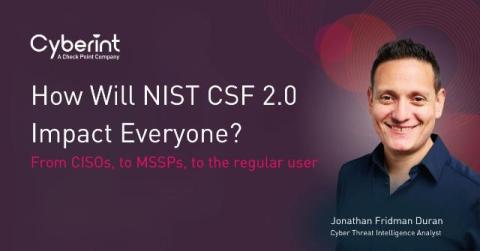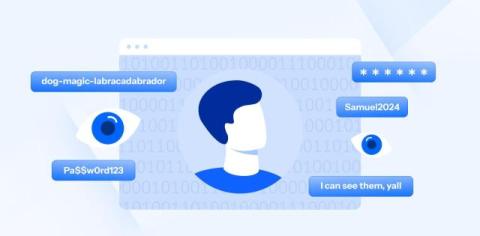Understanding command injection vulnerabilities in Go
Go developers might need to use system commands for various scenarios, such as image manipulation, where they need to process or resize images or execute system commands to manage resources or gather metrics or logs. At other times, perhaps you are building a new system in Go that needs to interface with existing legacy systems. This interface leans on executing system commands and processing their output.











